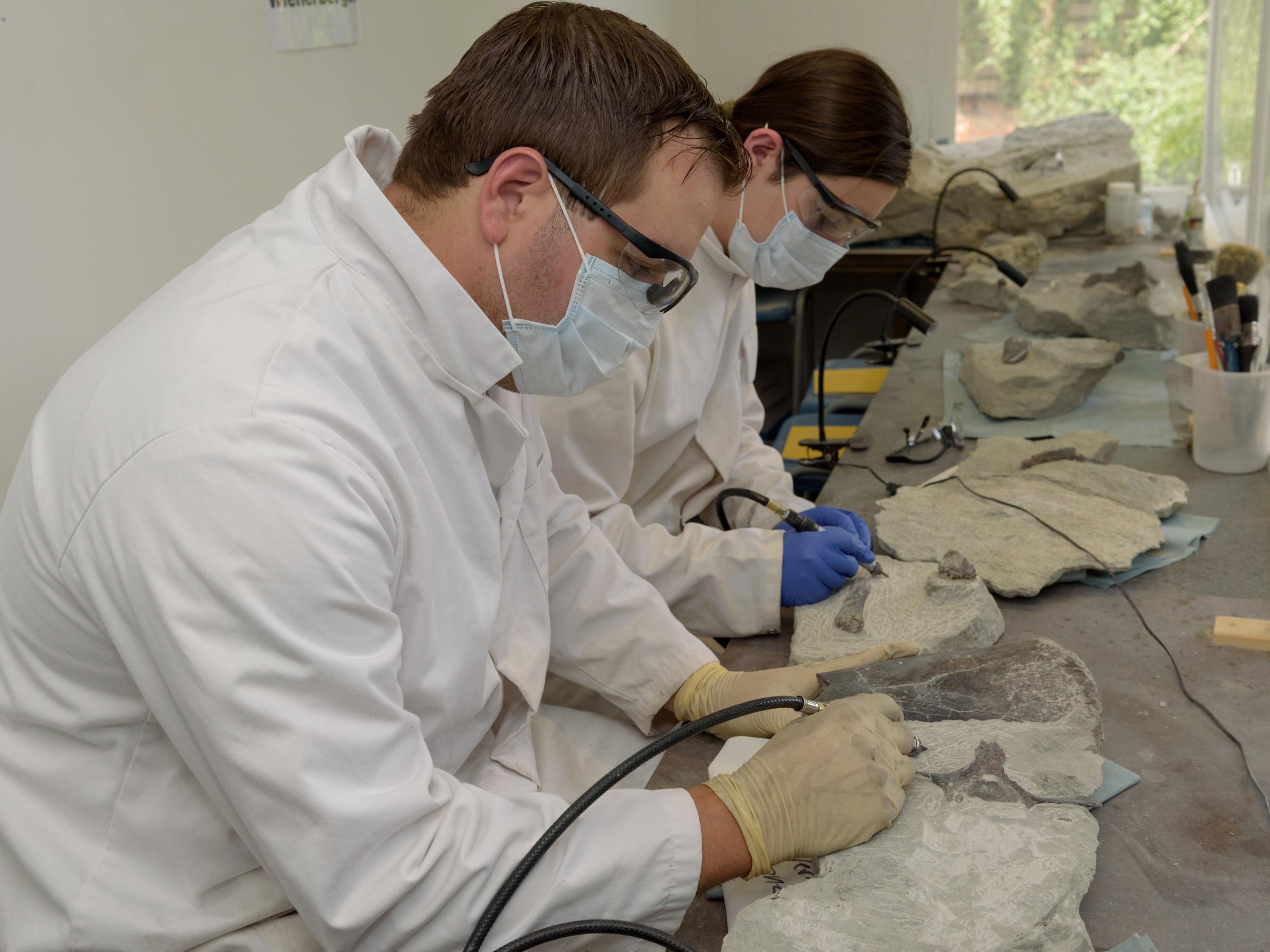132 million-year-old dinosaur fossil found at factory in Surrey

Your support helps us to tell the story
From reproductive rights to climate change to Big Tech, The Independent is on the ground when the story is developing. Whether it's investigating the financials of Elon Musk's pro-Trump PAC or producing our latest documentary, 'The A Word', which shines a light on the American women fighting for reproductive rights, we know how important it is to parse out the facts from the messaging.
At such a critical moment in US history, we need reporters on the ground. Your donation allows us to keep sending journalists to speak to both sides of the story.
The Independent is trusted by Americans across the entire political spectrum. And unlike many other quality news outlets, we choose not to lock Americans out of our reporting and analysis with paywalls. We believe quality journalism should be available to everyone, paid for by those who can afford it.
Your support makes all the difference.The fossilised skeleton of a dinosaur that lived 132 million years ago has been discovered at a brick factory in Surrey.
Scientists dug up the remains after a routine visit to the Wienerberger quarry in Ewhurst in February, where a bulldozer had dislodged a boulder with a piece of bone sticking out of it.
Palaeontologists Sarah Moore and Jamie Jordan excavated seven blocks of earth over a period of four weeks that contained a near-complete skeleton. They believe they have discovered an iguanodon dinosaur, a herbivore that grew up to three metres tall and 10 metres long.
The reptile weighed some 4.6 tonnes – about the same as an African elephant – and was preyed on by one of England's biggest predators, the baryonyx.
Dubbed Indie, the skeleton is now on public view at the Fossils Galore research centre in Cambridgeshire.
“The extraction process wasn’t easy. Indie was hidden inside huge compacted clay blocks and was on a slope, making the process difficult at times," Mr Jordan said. "However, due to the hard work of the Fossils Galore volunteers, we were able to extract and transport the remains to our preparation lab where we continue to work on her today.
"We’ve created a fish bowl lab – a first in the UK – so that people can come and watch as we dust and analyse the findings, as well as asking the experts all about Indie and how she would have lived. Fossils Galore also has a display of living fossil plants in the back area so people can see the sort of things Indie would have eaten. We’re truly excited about what these findings can tell us about our history."
Join our commenting forum
Join thought-provoking conversations, follow other Independent readers and see their replies
Comments